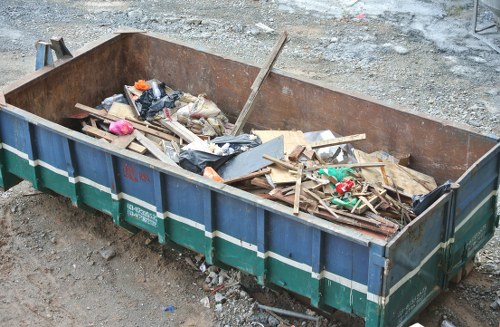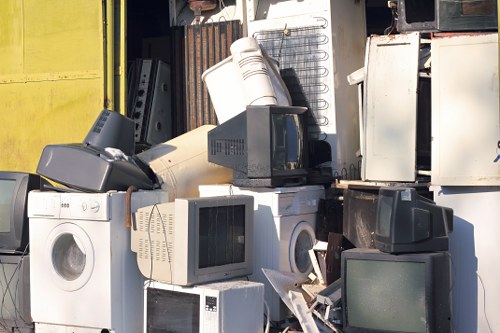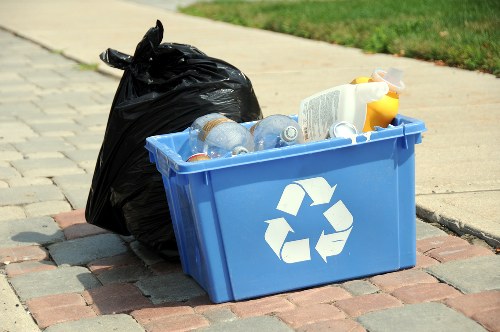Comprehensive Guide to Bulky Waste Collection

Managing bulky waste is a significant challenge faced by municipalities and households alike. Bulky waste, which includes large items like furniture, appliances, and large containers, cannot be disposed of through regular waste collection services. Properly handling this type of waste is essential for maintaining clean and sustainable communities.
Effective bulky waste collection systems not only help in reducing environmental impact but also promote recycling and reuse of materials. By implementing organized collection schedules and providing clear guidelines to residents, cities can ensure that bulky waste is managed efficiently.
In addition to environmental benefits, proper bulky waste collection can enhance the aesthetic appeal of neighborhoods by preventing unsightly piles of discarded items. This contributes to overall community well-being and property values.
 Bulky waste collection involves various stakeholders, including local governments, waste management companies, and the residents themselves. Coordination among these parties is crucial to ensure that bulky items are collected, processed, and disposed of in an environmentally responsible manner.
Bulky waste collection involves various stakeholders, including local governments, waste management companies, and the residents themselves. Coordination among these parties is crucial to ensure that bulky items are collected, processed, and disposed of in an environmentally responsible manner.
Many cities offer scheduled bulky waste pickups, allowing residents to place their items at designated collection points on specific days. This system helps streamline the process and minimizes inconvenience for both the residents and the collection teams.
Alternatively, some municipalities provide drop-off centers where individuals can bring their bulky items. These centers often sort the waste, separating recyclable materials from those that need to be disposed of in landfills.

Recycling plays a pivotal role in bulky waste management. Items such as metal appliances, wooden furniture, and certain plastics can be refurbished or repurposed, reducing the need for new raw materials. This not only conserves resources but also lowers the carbon footprint associated with manufacturing and disposal.
Moreover, donating usable bulky items to charitable organizations extends their lifecycle and supports community members in need. This practice fosters a culture of sustainability and social responsibility.
On the other hand, items that are no longer functional or safe to use must be disposed of properly to prevent environmental contamination. Hazardous materials, like certain electronics or appliances containing refrigerants, require specialized handling to ensure they do not harm the ecosystem.

Implementing an efficient bulky waste collection system requires careful planning and investment. Governments must allocate sufficient resources to ensure that collection services are reliable and accessible to all residents. This includes investing in appropriate vehicles, training personnel, and maintaining infrastructure.
Public awareness campaigns are also essential to educate residents about the importance of proper bulky waste disposal. Informing the community about available services, collection schedules, and guidelines helps increase participation and compliance.
Technological advancements have also enhanced bulky waste collection. Tracking systems can optimize collection routes, reducing fuel consumption and operational costs. Online platforms allow residents to schedule pickups and receive timely updates, improving overall service efficiency.

In conclusion, bulky waste collection is a critical component of effective waste management. By adopting comprehensive strategies that include recycling, proper disposal, and community engagement, cities can address the challenges posed by bulky waste. This not only benefits the environment but also contributes to the health and well-being of the community.







